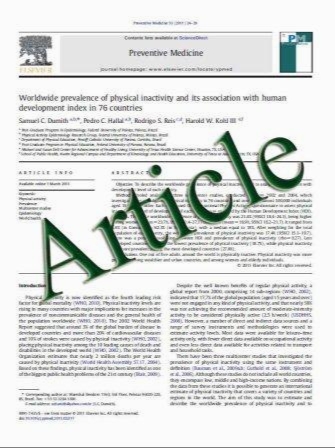The effect of allicin on blood and tissue lead content in mice
- نوع فایل : کتاب
- زبان : انگلیسی
- مؤلف : Mohammad Reza Aslani & V. Najarnezhad & M. Mohri & M. Azad
- چاپ و سال / کشور: 2010
Description
Previous experimental results have revealed that garlic (Alium sativum) can reduce lead toxicity and tissue lead content in lead-exposed rodents. In the present study, the effects of different doses of allicin, the main active constituent of garlic, in reducing of organ and blood lead levels were evaluated in mice exposed to 1,000 ppm of lead acetate in drinking water. Three groups of mice received allicin at doses of 12, 24, and 48 ìg/kg orally (twice daily) during ongoing 14-day lead exposure. Mice were killed on experimental day 15. Allicin treatment reduced lead retention in blood and tissues. Reduction of lead concentration in blood and tissues was dose dependent. With the highest dose of allicin, the greatest rate of reduction of lead concentrations were observed in liver (73.7%), kidney (45%), brain (45%), and bone (44.4%), respectively. Liver zinc concentration was significantly reduced in all treated groups. It was concluded that allicin administered during lead exposure in mice can reduce tissue lead retention and, therefore, might have some therapeutic effect on lead poisoning.
Comp Clin Pathol (2011) 20:121–125 DOI 10.1007/s00580-010-0964-y Received: 14 September 2009 / Accepted: 7 January 2010 / Published online: 9 February 2010


